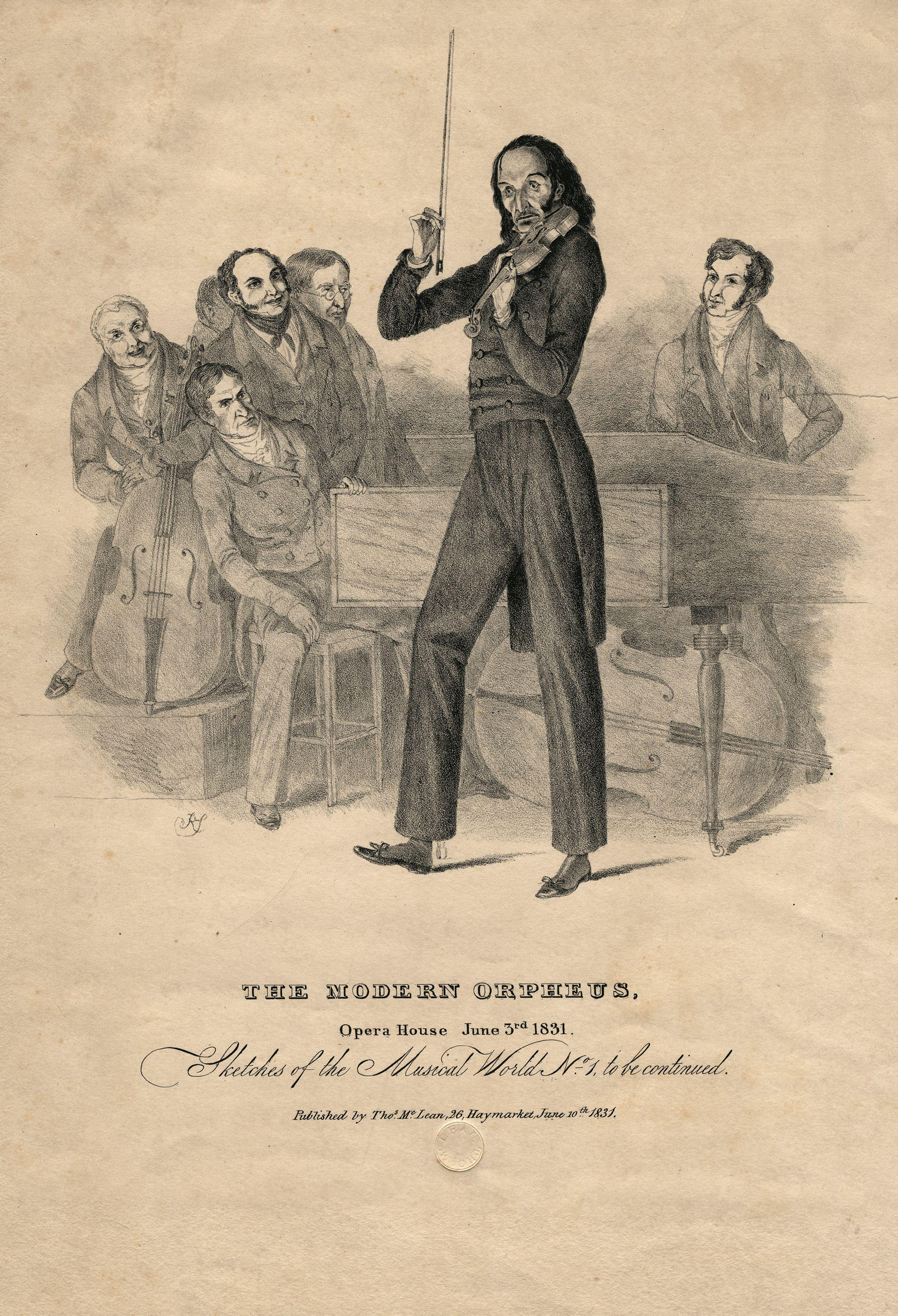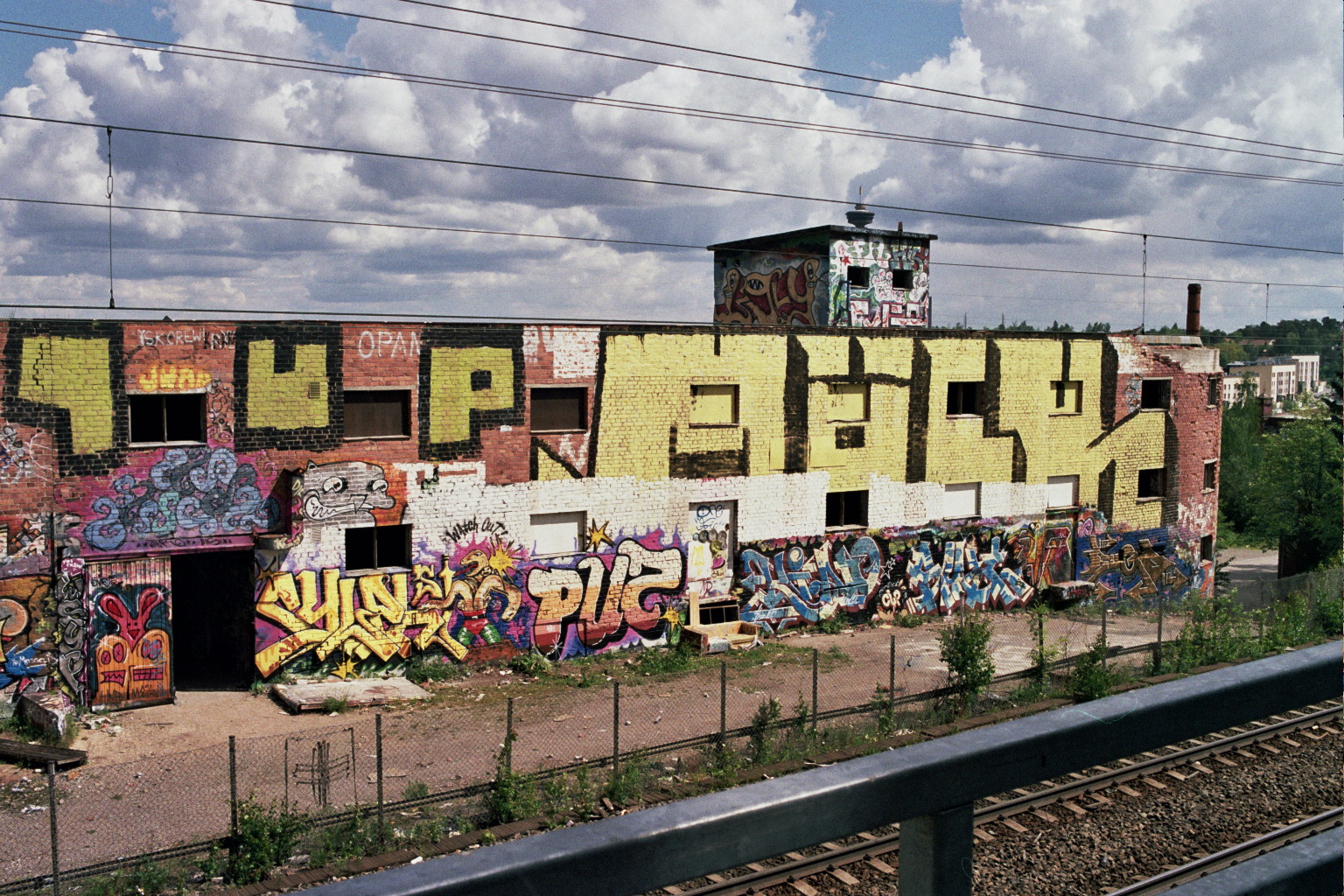|
Eugeniusz Geno Malkowski
Eugeniusz Geno Małkowski (; 5 September 1942 – 20 August 2016) was a Polish painter. Małkowski was a professor of contemporary art at the University of Warmia and Mazury in Olsztyn, founder of artistic groups and associations throughout Poland, organizer of modern art exhibitions, and popularizer of art. He was known for his speed painting happenings in which he invited people to paint together. In 2005, in Bełchatów, he beat the Guinness World Record for the 24-hour-long-painting performance. Biography He was born in Gdynia. After World War II his family moved to Lębork where he spent his childhood. He started artistic education in 1957 at Graphical Secondary School in Wrocław and continued studying at Academy of Fine Arts in Warsaw with the professors Juliusz Studnicki and Artur Nacht-Samborski. In 1969 he founded the artistic group ''Arka'' and in 1972 he transformed it into a bigger generational movement (80 creators) known by the name ''O Poprawę'' (For the Enhan ... [...More Info...] [...Related Items...] OR: [Wikipedia] [Google] [Baidu] |
Gdynia
Gdynia ( ; ; german: Gdingen (currently), (1939–1945); csb, Gdiniô, , , ) is a city in northern Poland and a seaport on the Baltic Sea coast. With a population of 243,918, it is the 12th-largest city in Poland and the second-largest in the Pomeranian Voivodeship after Gdańsk. Gdynia is part of a conurbation with the spa town of Sopot, the city of Gdańsk, and suburban communities, which together form a metropolitan area called the Tricity (''Trójmiasto'') with around 1,000,000 inhabitants. Historically and culturally part of Kashubia and Eastern Pomerania, Gdynia for centuries remained a small fishing village. By the 20th-century it attracted visitors as a seaside resort town. In 1926, Gdynia was granted city rights after which it enjoyed demographic and urban development, with a modernist cityscape. It became a major seaport city of Poland. In 1970, protests in and around Gdynia contributed to the rise of the Solidarity movement in nearby Gdańsk. The port of Gdynia ... [...More Info...] [...Related Items...] OR: [Wikipedia] [Google] [Baidu] |
Academy Of Fine Arts In Warsaw
Academy of Fine Arts in Warsaw ( pl, Akademia Sztuk Pięknych w Warszawie) is a public university of visual arts and applied arts located in the Polish capital. The Academy traces its history back to the Department of Arts founded at the Warsaw University in the Duchy of Warsaw in 1812. As a separate institution it was founded in 1844 in Congress Poland. In an upgrade in 1904 it was named the Warsaw School of Fine Arts; and in 1932 it received recognition as an Academy. At first the institute did not have its own building and classes were held in several locations around the city. Following an architectural competition a design by Alfons Gravier was chosen and construction began in 1911. The building was completed by the outbreak of the First World War. Faculties *Faculty of Painting *Faculty of Sculpture *Faculty of Graphic Arts *Faculty of Conservation and Restoration of Works of Art *Faculty of Interior Design *Faculty of Industrial Design *Faculty of Media Art N ... [...More Info...] [...Related Items...] OR: [Wikipedia] [Google] [Baidu] |
2007 Gdzie Ja Jestem EGM 2010-08-09
7 (seven) is the natural number following 6 and preceding 8. It is the only prime number preceding a cube. As an early prime number in the series of positive integers, the number seven has greatly symbolic associations in religion, mythology, superstition and philosophy. The seven Classical planets resulted in seven being the number of days in a week. It is often considered lucky in Western culture and is often seen as highly symbolic. Unlike Western culture, in Vietnamese culture, the number seven is sometimes considered unlucky. It is the first natural number whose pronunciation contains more than one syllable. Evolution of the Arabic digit In the beginning, Indians wrote 7 more or less in one stroke as a curve that looks like an uppercase vertically inverted. The western Ghubar Arabs' main contribution was to make the longer line diagonal rather than straight, though they showed some tendencies to making the digit more rectilinear. The eastern Arabs developed the digit f ... [...More Info...] [...Related Items...] OR: [Wikipedia] [Google] [Baidu] |
Lyrical Abstraction
Lyrical abstraction is either of two related but distinct trends in Post-war Modernist painting: ''European Abstraction Lyrique'' born in Paris, the French art critic Jean José Marchand being credited with coining its name in 1947, considered as a component of Tachisme when the name of this movement was coined in 1951 by Pierre Guéguen and Charles Estienne the author of ''L'Art à Paris 1945–1966'', and ''American Lyrical Abstraction'' a movement described by Larry Aldrich (the founder of the Aldrich Contemporary Art Museum, Ridgefield Connecticut) in 1969.Aldrich, Larry. Young Lyrical Painters, Art in America, v.57, n6, November–December 1969, pp.104–113. A second definition is the usage as a descriptive term. It is a descriptive term characterizing a type of abstract painting related to Abstract Expressionism; in use since the 1940s. Many well known abstract expressionist painters such as Arshile Gorky seen in context have been characterized as doing a type of painti ... [...More Info...] [...Related Items...] OR: [Wikipedia] [Google] [Baidu] |
Tapping (painting)
Tapping is a playing technique that can be used on any stringed instrument, but which is most commonly used on guitar. The technique involves a string being fretted and set into vibration as part of a single motion. This is in contrast to standard techniques that involve fretting with one hand and picking with the other. Tapping is the primary technique intended for instruments such as the Chapman Stick. Description Tapping is an extended technique, executed by using either hand to 'tap' the strings against the fingerboard, thus producing legato notes. Tapping generally incorporates pull-offs or hammer-ons. For example, a right-handed guitarist might press down abruptly ("hammer") onto fret twelve with the index finger of the right hand and, in the motion of removing that finger, pluck ("pull") the same string already fretted at the eighth fret by the little finger of their left hand. This finger would be removed in the same way, pulling off to the fifth fret. Thus the three not ... [...More Info...] [...Related Items...] OR: [Wikipedia] [Google] [Baidu] |
Graffiti
Graffiti (plural; singular ''graffiti'' or ''graffito'', the latter rarely used except in archeology) is art that is written, painted or drawn on a wall or other surface, usually without permission and within public view. Graffiti ranges from simple written words to elaborate wall paintings, and has existed Graffito (archaeology), since ancient times, with examples dating back to ancient Egypt, ancient Greece, and the Roman Empire. Graffiti is a controversial subject. In most countries, marking or painting property without permission is considered by property owners and civic authorities as defacement and vandalism, which is a punishable crime, citing the use of graffiti by street gangs to mark territory or to serve as an indicator of gang-related activities. Graffiti has become visualized as a growing urban "problem" for many cities in industrialized nations, spreading from the New York City Subway nomenclature, New York City subway system and Philadelphia in the early 1970s to ... [...More Info...] [...Related Items...] OR: [Wikipedia] [Google] [Baidu] |
Toruń Regional Museum
)'' , image_skyline = , image_caption = , image_flag = POL Toruń flag.svg , image_shield = POL Toruń COA.svg , nickname = City of Angels, Gingerbread city, Copernicus Town , pushpin_map = Kuyavian-Pomeranian Voivodeship#Poland#Europe , pushpin_relief=1 , pushpin_label_position = top , subdivision_type = Country , subdivision_name = , subdivision_type1 = Voivodeship , subdivision_name1 = , leader_title = City mayor , leader_name = Michał Zaleski , established_title = Established , established_date = 8th century , established_title3 = City rights , established_date3 = 1233 , area_total_km2 = 115.75 , population_as_of = 31 December 2021 , population_total = 196,935 ( 16th) Data for territorial unit 0463000. , population_density_km2 = 1716 , population_metro = 297646 , timezone = CET , utc_offset = +1 , timezone_DST = CEST , utc_offset_DST = +2 , coordinates = , elevation ... [...More Info...] [...Related Items...] OR: [Wikipedia] [Google] [Baidu] |
National Museum, Gdańsk
The National Museum in Gdańsk ( pl, Muzeum Narodowe w Gdańsku), established in 1972 in Gdańsk (although the history goes back the third quarter of 19th century), is one of the main branches of Poland's national museum system. History Its main location is in the old late-Gothic Franciscan monastery, which has been used to house exhibits since the end of the 19th century. During that period it was known as ''Danziger Stadtmuseum'', which held a sizeable collection of historical works of art. In 1884, the collection was enlarged with exhibits from the ''Danziger Kunstgewerbemuseum'' when the two institutions merged. The core of the Museum's collection constitutes the collection of Jacob Kabrun, which includes several thousand pictures, drawings and prints by European masters from the end of the fifteenth to the beginning of the nineteenth centuries. After the end of the Second World War, 65% of the main building of the museum was destroyed and much of the museum's collections we ... [...More Info...] [...Related Items...] OR: [Wikipedia] [Google] [Baidu] |
National Museum, Warsaw
The National Museum in Warsaw ( pl, Muzeum Narodowe w Warszawie), popularly abbreviated as MNW, is a national museum in Warsaw, one of the largest museums in Poland and the largest in the capital. It comprises a rich collection of ancient art ( Egyptian, Greek, Roman), counting about 11,000 pieces, an extensive gallery of Polish painting since the 16th century and a collection of foreign painting ( Italian, French, Flemish, Dutch, German and Russian) including some paintings from Adolf Hitler's private collection, ceded to the museum by the American authorities in post-war Germany. The museum is also home to numismatic collections, a gallery of applied arts and a department of oriental art, with the largest collection of Chinese art in Poland, comprising some 5,000 objects. The museum boasts the Faras Gallery with Europe's largest collection of Nubian Christian art and the Gallery of Medieval Art with artefacts from all regions historically associated with Poland, suppl ... [...More Info...] [...Related Items...] OR: [Wikipedia] [Google] [Baidu] |
Olsztyn
Olsztyn ( , ; german: Allenstein ; Old Prussian: ''Alnāsteini'' * Latin: ''Allenstenium'', ''Holstin'') is a city on the Łyna River in northern Poland. It is the capital of the Warmian-Masurian Voivodeship, and is a city with county rights. The population of the city was estimated at 169,793 residents in 2021. Olsztyn is the largest city in Warmia, and has been the capital of the voivodeship since 1999. In the same year, the University of Warmia and Masuria was founded from the fusion of three other local universities. Today, the Castle of Warmian Cathedral Chapter houses a museum and is a venue for concerts, art exhibitions, film shows and other cultural events, which make Olsztyn a popular tourist destination. The city is the seat of the Archbishop of the Roman Catholic Archdiocese of Warmia The most important sights of the city include the medieval Old Town and the St. James Pro-cathedral (former St. James Parish Church), which dates back more than 600 years. ... [...More Info...] [...Related Items...] OR: [Wikipedia] [Google] [Baidu] |




.jpg)
